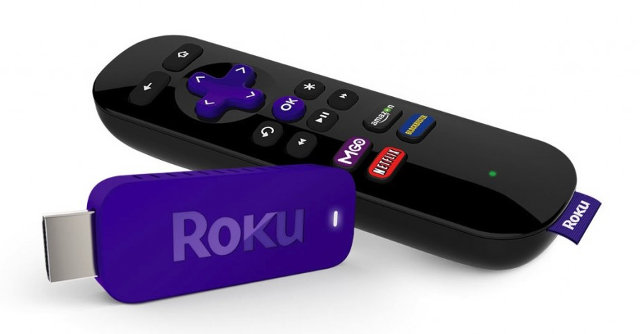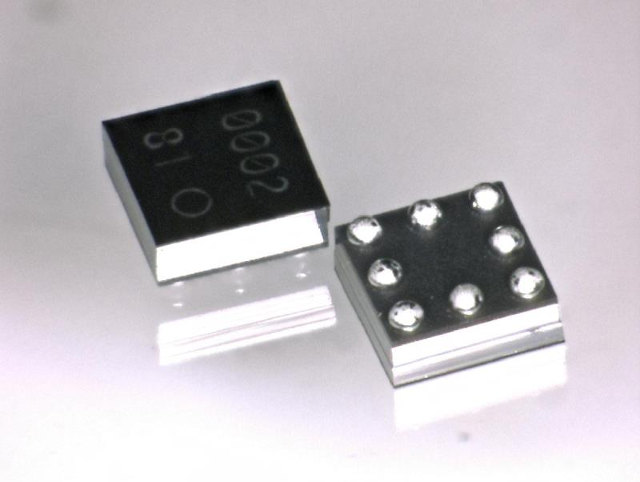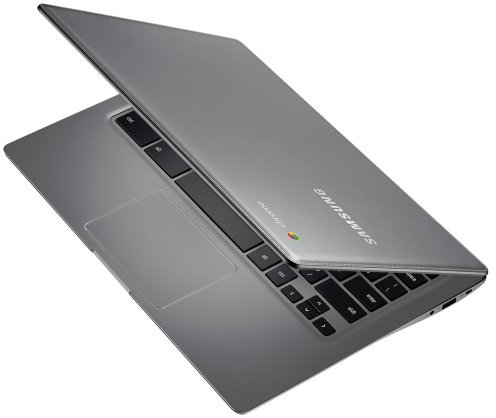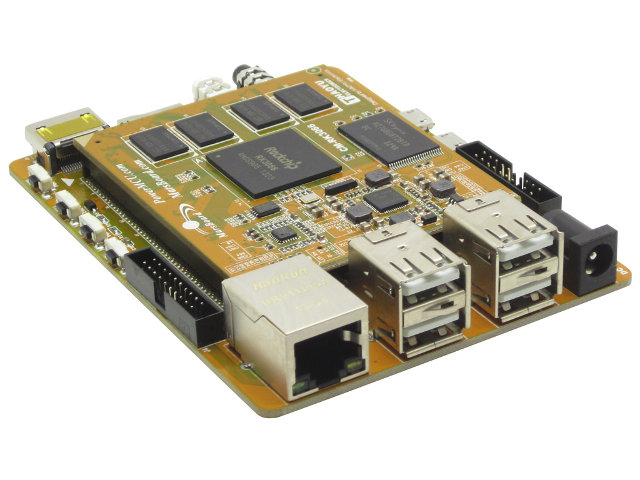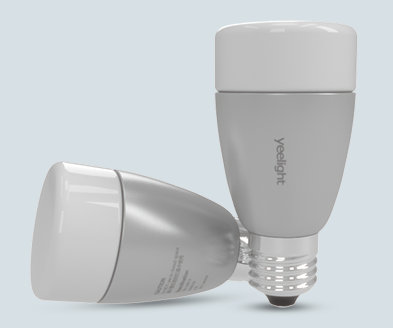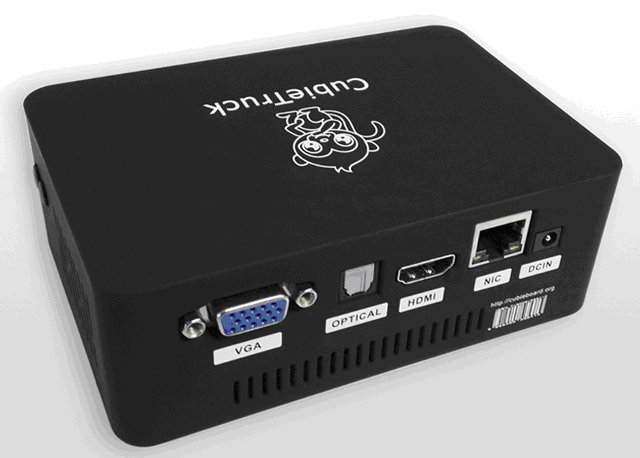The first Roku Streaming Stick was announced early 2012 with an HDMI/MHL port. It turns out MHL did not take as Roku and others, including myself, expected, and even today MHL is not a prominent feature in new TVs, and seldom listed in the specifications. So they’ve just announced a new Roku Streaming Stick, HDMI version, that can be powered via the USB port of your TV, or a standard USB power adapter. The processor and memory have not been disclosed, but we can assume it’s probably based on a Broadcom processor. The rest of the specs are as follows: Video Output – HDMI (720p or 1080p) Audio Output – HDMI with 7.1 and 5.1 surround pass-through support Connectivity – 802.11 dual-band (a/b/g/n compatible) with WEP, WPA, and WPA2 support Misc – Status light, reset button Power Consumption – Less than 2W (typical) when streaming HD video Power Input – […]
BroadLink SP2 Wi-Fi Smart Socket for iOS and Android Adds Support for Energy Monitoring, Motion Sensing
Broadlink SP1, a low cost Wi-Fi smart socket released last year, allows you to control your electric appliance with your mobile device running iOS or Android. You could turn it on or off, set timers, and so on. An updated model is now available, Broadlink SP2, that adds energy monitoring to the features found in the previous model, to track your historic and live power consumption on your smartphone or tablet, as well as a motion sensor to automatically turn off the lights, for instance, if you are away (Auto Home / Auto Away feature). The hardware specifications are very similar to SP1 except it’s using a case made of polycarbonate plastic instead of ABS, and the device is a bit bigger: Material – PC Wi-Fi – 802.11 b/g/n Power Plug – Three flat-pin plug (Australia type) Voltage – 100~265V @ 50-60 Hz Output Current – 10A Output Power – […]
Alps Electric Magnetic Field Sensor Measures 1.15 x 1.15 mm, Software Algo Adds Gyroscope Function
I’m really impressed with the recent miniaturization of boards and components. Back in the days (in 2012), many people were amazed at the credit card size of the Raspberry Pi ARM Linux computer. Since then, we’ve seen many other ARM Linux board with similar or even smaller sizes, and on a broader scope, many smaller and smaller hardware and components: Olimex launched OLIMEXINO-85S Arduino compatible board about the size of a micro SD Card, eConais unveiled WiSmart EC19D Wi-Fi module measuring 8×8 mm, Freescale recently announced Kinetis KL03 Cortex M0+ MCU measuring 1.6 x 2.0 mm in its smallest package, etc… Today, I’ve come across another tiny chip, the world smallest magnetic field sensor by Alps Electric that measures only 1.15 x 1.15 x 0.56 mm. Height does matter too. It’s about 60% smaller than previous product by the company, but only slightly smaller than Asahi Kasei Microdevices’ AK09911C which measures 1.2 x […]
$37 GK328 Android mini PC Powered by Rockchip RK3028 Dual Core Processor
Rockchip RK3028 is a low cost dual core Cortex A9 processor pin-to-pin compatible with RK2928 single core Cortex A9, I first heard about at Hong Kong Electronics Fair 2013. It’s now found in a few kids tablets, as well as GK328, an Android 4.2 HDMI TV dongle, that sells for about $37, or a few dollars cheaper than similar AllWinner A20 or Rockchip RK3066 based devices. GK328 specifications: SoC – Rockchip RK3028 dual core Cortex A9 @ 1.0 GHz with Mali-400 GPU System Memory – 512MB RAM Storage – 4GB NAND flash + microSD card slot Video & Audio Output – HDMI Connectivity – 802.11b/g/n Wi-Fi USB – 1x USB HOST 2.0, 1x micro USB OTG, 1x micro USB for power Misc – Fn button (for recovery?) Power – 5V/1A via micro USB port The device runs Android 4.2 and sells with a power adapter, a USB cable, an HDMI […]
Samsung Chromebook 2 Features Exynos 5 Octa SoC, Comes with either 11.6″ or 13.3″ Display
Samsung has just launched the Chromebook 2 Series with two models based on on Exynos 5 Octa SoC, available in 11.6″ (1366×768) and 13.3″ (1920×1080) configurations, and featuring 4GB RAM, 16GB eMMC, and a longer battery life thanks partially to big.LITTLE processing technology. Samsung expects the new Chromebooks to be used for work, education, and entertainment. Thanks to strong hardware specifications, these new ARM based Chromebooks will certainly offer performance similar to, or even outperforming, existing many Intel Celeron based Chromebooks, and at the same time offer a longer battery life. It’s a nice upgrade to the Exynos 5250 powered Chromebook launched in 2012, especially the addition of a model with a 13.3″ display with FHD resolution. The 13.3″ model has an Exynos 5 Octa processor clocked at 2.1GHz which should be the latest Exynos 5422, whereas the 11.6″ model might use Exynos 5420 instead (TBC). The company also mention […]
$60 MarsBoard RK3066 (Partially) Open Source Hardware Development Board Supports Android & PicUntu
Until now if you wanted a low cost Rockchip development board you’d have to go with Radxa Rock (Quad core RK3188) or WaxBerry Pi2 (Dual core RK3066). Thanks to Haoyu Electronics , the company who made MarsBoard A10, there’s now another option with MarsBoard RK3066 powered by Rockchip RK3066 dual core Cortex A9 SoC with 1 to 2 GB RAM, 4 to 8 GB Flash and lots of ports and expansion connectors. MarsBoard RK3066 is composed of a baseboard (SOM-RK3066) and a computer on module (CM-RK3066) with the following specifications: CM-RK3066 Computer-on-Module: SoC – Rockchip RK3066 dual core ARM Cortex A9 @ 1.6Ghz + Mali-400MP4 GPU System Memory – 1GB DDR3 SDRAM up to 2GB Storage – 4GB Nand Flash & eMMC FLASH Power Management Unit – TPS659102 Misc – TX indicator LED use for debug, Power Indicator LED 10/100M Ethernet PHY – LAN8720A SOM-RK3066 Baseboard: Storage – micro SD […]
Yeelight Blue and Yeelight Sunflower Bluetooth Low Energy and Zigbee Smart Light Bulbs for iOS and Android
When it comes Smart light bulbs, which can be dimmed and made to change color, the most popular product must be Philips Hue, using the Zigbee protocol, which you can control via iOS and Android devices though a Zigbee gateway, and costs about $60 on Amazon. Alternative have started to show up such as iLumi Bulbs, with Bluetooth 4.0 Low Energy (BLE) technology, that you can control with recent iOS and Android 4.3+ device without the need for a gateway, but with a price starting at $89. If you’re looking for cheaper alternatives, you’d have to turn to Chinese companies such as Yeelight which provides both Bluetooth LE and Zigbee light bulbs, respectively called Yeelight Blue and Yeelight Sunflower. Yeelight Blue does not require a gateway, but you’ll need a smartphone or tablet that supports Bluetooth 4.0 Low Energy. Recent iOS 5.0+ devices should support it. If your Android device […]
$11 Ewell Cubietruck Case Supports 2.5″ SATA Hard Drive and Battery
We’ve already seen a way to make your own HDD enclosure with the Cubieboard, but if you’ve got the latest CubieTruck (aka Cubieboard 3) board with the dual core Cortex A7 AllWinner A20 and 2GB RAM, there’s an easier, and cheaper, way to achieve the same thing with Ewell case that supports 2.5″ SATA Hard drives and SSD, as well as a 5300 mAh lithium battery if you want your system to be portable. The setup is quite interesting as there are few full ARM Linux systems supporting an hard drive on the market, especially at this price point: $11 for the case, and $95 for the Cubieboard. You can either add a 2.5″ Hard drive (320GB / 500GB), or if you are more after performance than storage capacity, a SATA SDD (60 GB) for about $60. Alternatives to this setup would be Compulab Utilite Standard for $159 (Freescale i.MX6 […]


